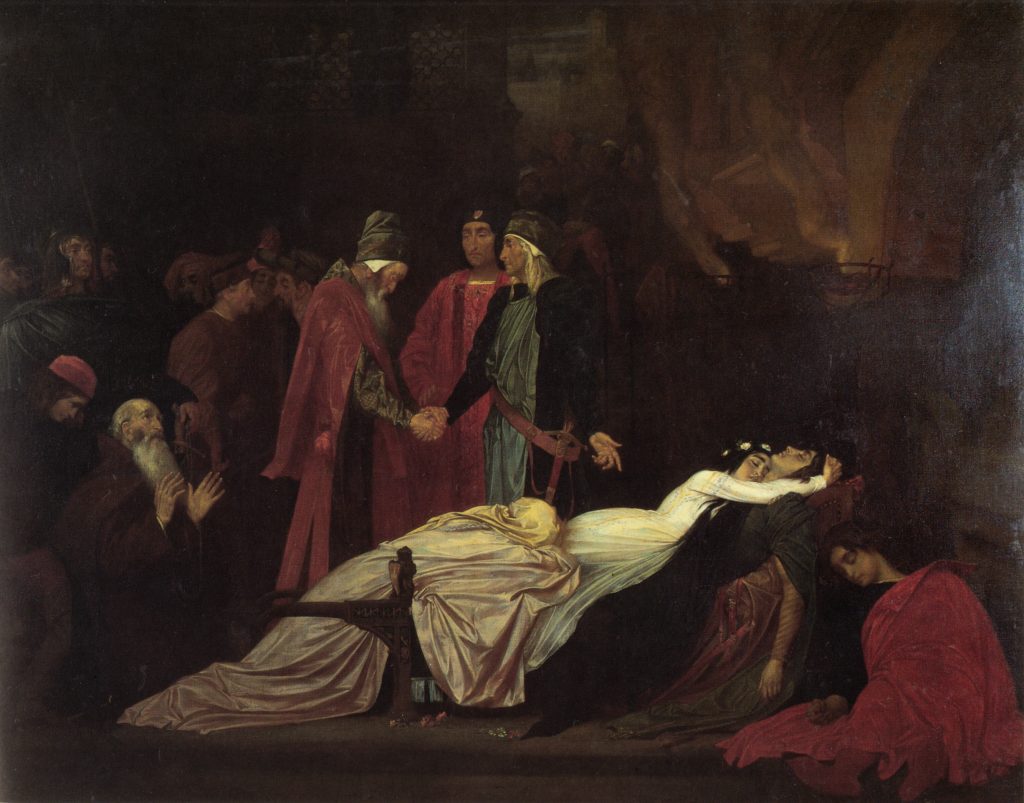The authors declares that there is no conflict of interest.
USO E FORMAS DE OBTENÇÃO DE CADÁVERES PARA O ESTUDO DA ANATOMIA: ASPECTOS BIOÉTICOS
Flávia Caroline da Silva Lopes (1)
Lattes: http://lattes.cnpq.br/0623958360154152
Noília Gomes de Lima (1)
Lattes: http://lattes.cnpq.br/5934466905811944
(1) Centro Universitário Cesmac (CESMAC), Maceió – AL. (Main Author)
E-mail: lima.lopes.med@gmail.com
ABSTRACT
The last decade has brought about a growing number of medical schools in the country, which results in an increase in the demand for cadavers for the study of Human Anatomy. The use of bodies as an academic teaching instrument is the subject of discussions because it involves ethical-legal issues. However, the relevance of future professionals’ familiarity with anatomical pieces is indisputable, since this experience will allow greater safety for the handling of the living body. In the light of what is exposed in Law 8.501 / 92 of November 30, 1992, unidentified corpses will be used for educational purposes or those for which information is not available regarding addresses of relatives or legal guardians, once they have been identified. The difficulty of obtaining corpses for study is that there is not a well-elucidated legislation added to the cultural and religious aspects of the population. According to article 6 of the Brazilian Civil Code “The existence of the natural person ends with death”. Contrary to the article, author Jean Ziegler argues that “The dead continue to act beyond death.” This study aims to: emphasize the importance of the study of anatomy with cadavers in the training of health professionals and demonstrate the difficulty of obtaining cadavers for teaching and research. Methods: This literature review counted the survey of works in the Scielo database, from 2006 to 2015; As well as the use of articles referring to the Personal Rights of the 2nd edition of the Brazilian Civil Code of 2008. Results: The importance of the association of the classic methodology that uses cadaveric parts with innovative methods, such as artificial anatomical models and virtual dissection, is shown.
Keywords: corpses, dissection, didactic use of bodies.
Please click here for the full article in portuguese.
Bibliographical references
- Gardner E.Anatomia: Estudo Regional do Corpo Humano. 4ª ed. Rio de Janeiro: Guanabara Koogan, 1998.
- Da Silva CDD. O cadáver humano como instrumento pedagógico para a alfabetização científica no ensino superior.2016. Disponível em: http://www.artigos.com/artigos/20104-o-cadaver-humano-como-instrumento-pedagogico-para-a-alfabetizacao-cientifica-no-ensino-superior
- Costa GBF et al. O cadáver no ensino da anatomia humana: uma visão metodológica e bioética. Revista Brasileira de Educação Médica. v. 36, ed. 3, p. 369-373. 2012.
- Costa BDB et al. Corpo Humano Real e Fascinante: A Extensão Universitária como um Elo Integrador entre o Ensino Médio/Profissionalizante e o Superior. Revista Extendere, v. 1, n. 2, 2014.
- B Lei Federal nº 8.501 de 30 de novembro de 1992. Dispõe sobre a utilização de cadáver não reclamado, para fins de estudo ou pesquisas cientificas e dá outras providências. Diário Oficial da República Federativa do Brasil. Brasília,1 dez. 1992; p. 16519.
- Melo EM, Pinheiro JT. Procedimentos legais e protocolos para utilização de cadáveres no ensino de anatomia em Pernambuco. bras. educ. med. Rio de Janeiro , v. 34, n. 2, p. 315-323, June 2010.
- Corregedoria Geral de Justiça. Tribunal de Justiça do Estado de Pernambuco. Provimento 28/2008 de 11 de setembro de 2008. Dispõe sobre o registro de óbito dos cadáveres destinados às Escolas de Medicina, para fins de ensino e pesquisas de caráter científico. Diário Oficial do Estado de Pernambuco. Poder Judiciário, de 20 set. 2008; p.5-6.
- Da Silva EPD et al. Utilização de cadáveres no ensino de anatomia humana: refletindo nossas práticas e buscando soluções. 2013. Disponível em: http://www.eventosufrpe.com.br/2013/cd/resumos/R0630-2.pdf
- Mata TH, Saes AB. Definição de critérios para avaliar bonecos anatômicos 3D na web para ensino na área da saúde ou aplicações médicas.Extensio: Revista Eletrônica de Extensão, Florianópolis, v. 9, n. 14, p. 44-54, mar. 2013. ISSN 1807-0221.












